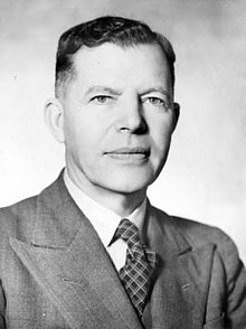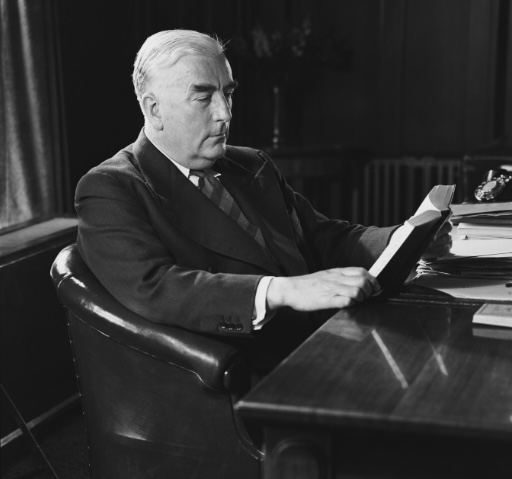On this day, 1 February 1961, the Matrimonial Causes Act comes into operation. The Act establishes a uniform basis for divorce law throughout Australia and recognises a specified period of separation as sufficient grounds to end a marriage. The latter amounted to the introduction of ‘no fault’ divorce in Australia, though this would later be made less cumbersome and more clear-cut by the Family Law Act of 1975.
The Australian Constitution which emerged from the Federal Conventions of the 1890s gave the Commonwealth Government the power to make uniform marriage laws for the country. This was a slightly quixotic clause, as the delegates had otherwise been keen to limit the Federal Government’s powers to only those areas deemed essential to Federation. For this reason, the power was not utilised during the Commonwealth’s early history, and as late as the 1940s Labor proposals to legislate in this area stagnated.
After Menzies came to power the issue was picked up by Liberal backbencher Percy Joske, a lawyer who happened to be an expert in divorce cases. Joske campaigned hard for reform and introduced private member’s bills on the issue, including the successful but limited Matrimonial Causes Act of 1955 which allowed married women to institute divorce proceedings in the State or Territory of their residence. He then developed a more comprehensive follow-up, but when Garfield Barwick became Attorney-General in late 1958, the new Minister made it part of the Menzies Government’s official agenda.
Introduced in 1959, the Matrimonial Causes Bill faced significant opposition from various church groups who did not want to make divorces readily available. This opposition was particularly pronounced in the Catholic Church, leading many members of that faith who represented the Labor Party to oppose the reform. Labor Party members were given a conscience vote on the issue, and Menzies allowed the same for the Liberal Party, leading to a division in the House where all three major parties had members end up on both sides. Nevertheless, the Bill passed.
The Act was a very large step forward, though it still maintained the concept of fault-based divorce in most cases, with 14 grounds for the grant of a decree of dissolution of marriage, including adultery, desertion, cruelty, habitual drunkenness, imprisonment, and insanity. Obtaining the necessary proof would generally involve the expensive and traumatic process of hiring a private detective to gather evidence against one’s spouse. However, many believed that this was a necessary evil, as there was a moral imperative that the at-fault party be held accountable for their actions.
There was one genuine ‘no fault’ grounds contained within the 1959 Act, as divorce could be obtained on the basis of a separation exceeding five years. Such separations were inherently easier to prove, and while the process was slow and tedious, it upheld the contemporary societal expectation that divorce should be a last resort implemented only when other options had exhausted themselves.
An element of this survived even with the 1975 Family Law Act, which specified that the sole grounds for divorce was an irretrievable breakdown in the relationship. The Family Law Act reduced the minimum separation period from 5 years to twelve months, but the fact that a minimum was maintained at all demonstrates that societal expectations were still being enforced via the legislation.
While in the popular memory the Menzies Government is seldom associated with significant social reforms, the Matrimonial Causes Act is a clear example of just such a reform. While societal expectations have continued to evolve such that the reform has since been superseded, it was still ground-breaking for the time, particularly considering the opposition it faced. The Menzies Government was a force for progress, but inherently that progress was interpreted through the beliefs and culture of mainstream Australians of the 1950s and early 1960s.
Further Reading:
Mark Finnane, ‘A plebiscite on marriage? Robert Menzies didn’t need it’, The Conversation, 27 August 2015, https://theconversation.com/a-plebiscite-on-marriage-robert-menzies-didnt-need-it-46547
Morag Donaldson, ‘A Question of Fault: A Short History of Australian Divorce Law Since 1959’, Parliamentary Library Research Note, no. 34, 2004, https://apo.org.au/sites/default/files/resource-files/2004-02/apo-nid8480.pdf
Jolyon Horner, ‘Joske, Sir Percy Ernest (1895–1981)’, Australian Dictionary of Biography, Volume 17, 2007.
Sign up to our newsletter
Sign up for our monthly newsletter to hear the latest news and receive information about upcoming events.


